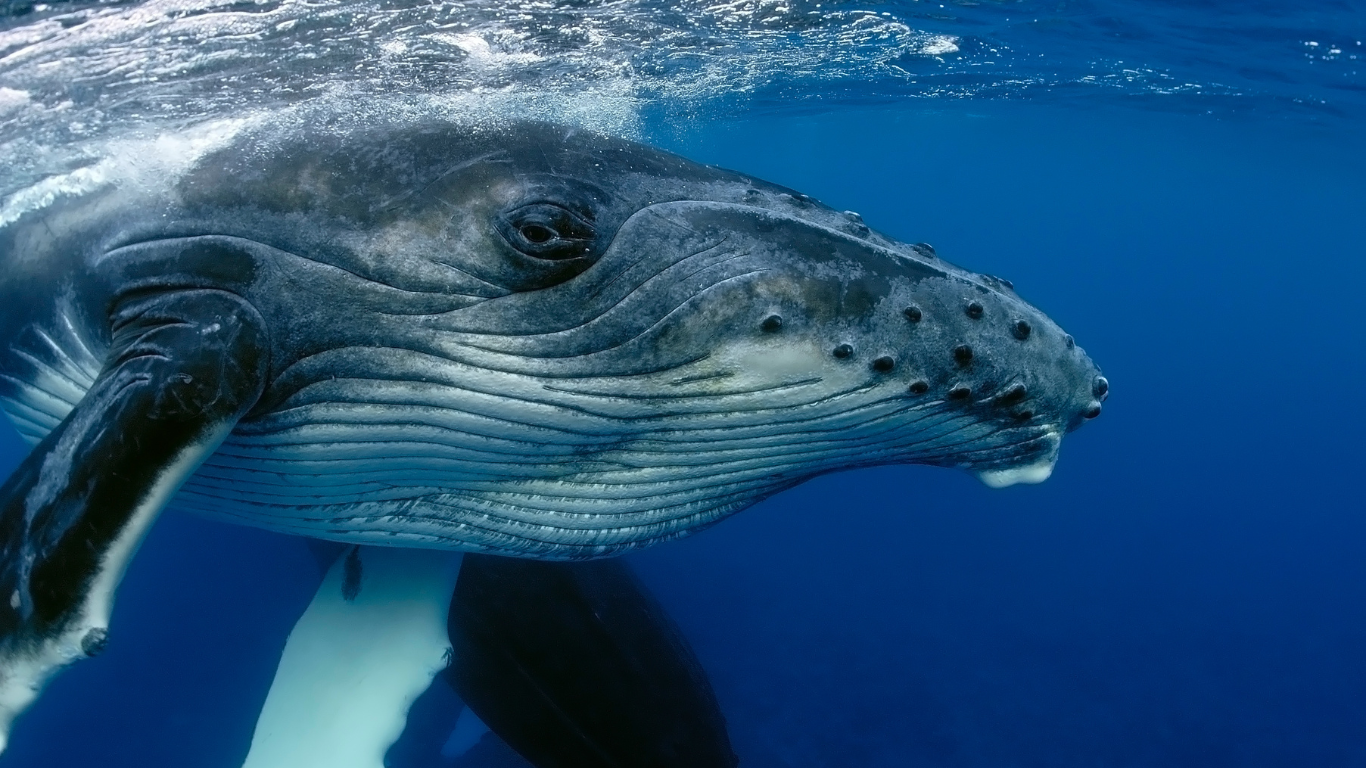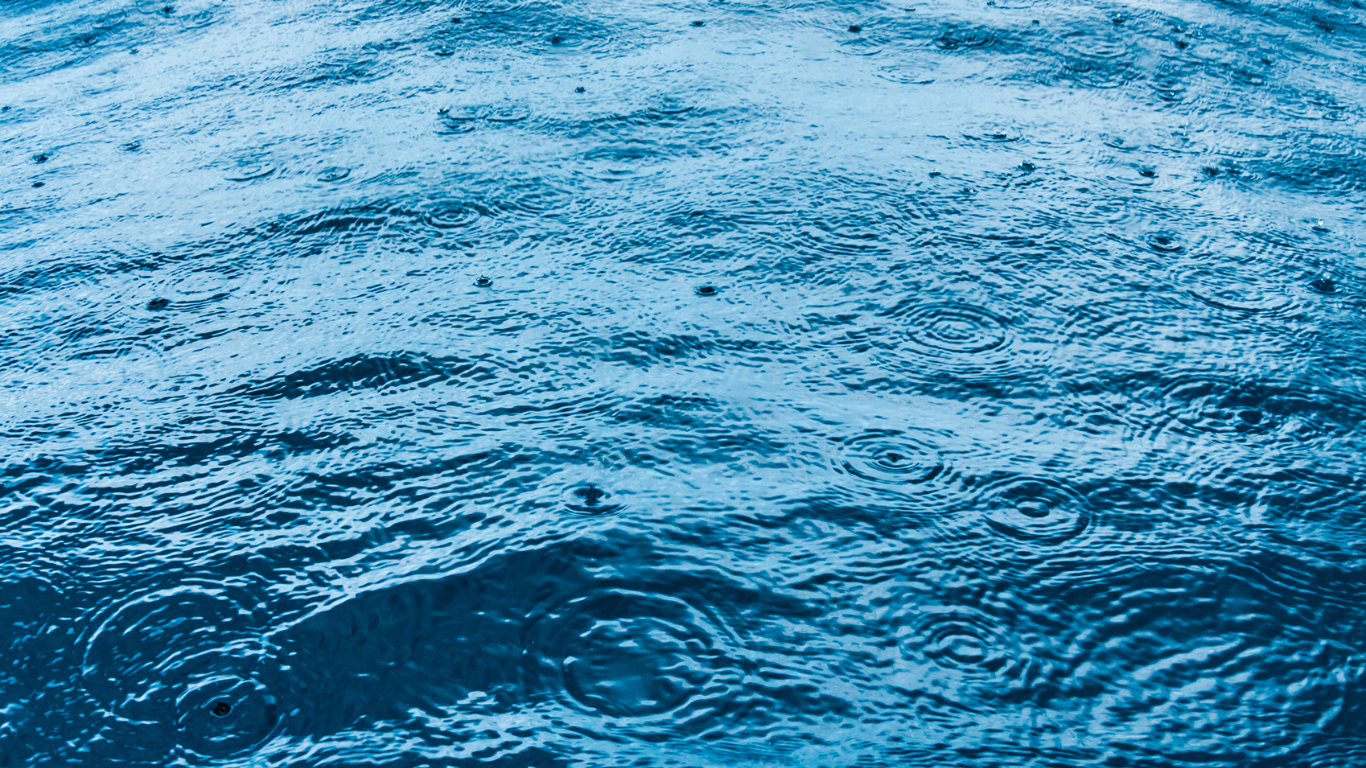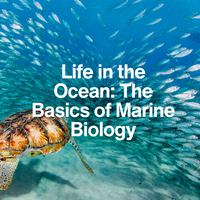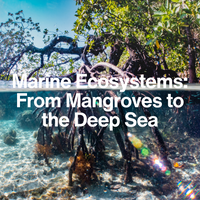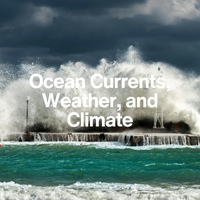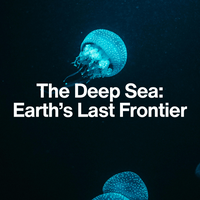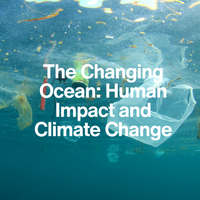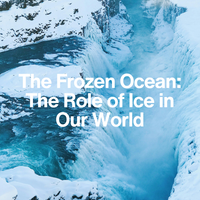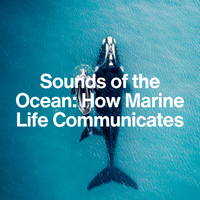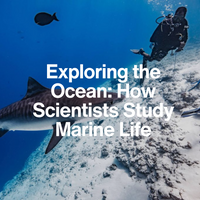LESSON 2
Why Is the Ocean So Noisy?
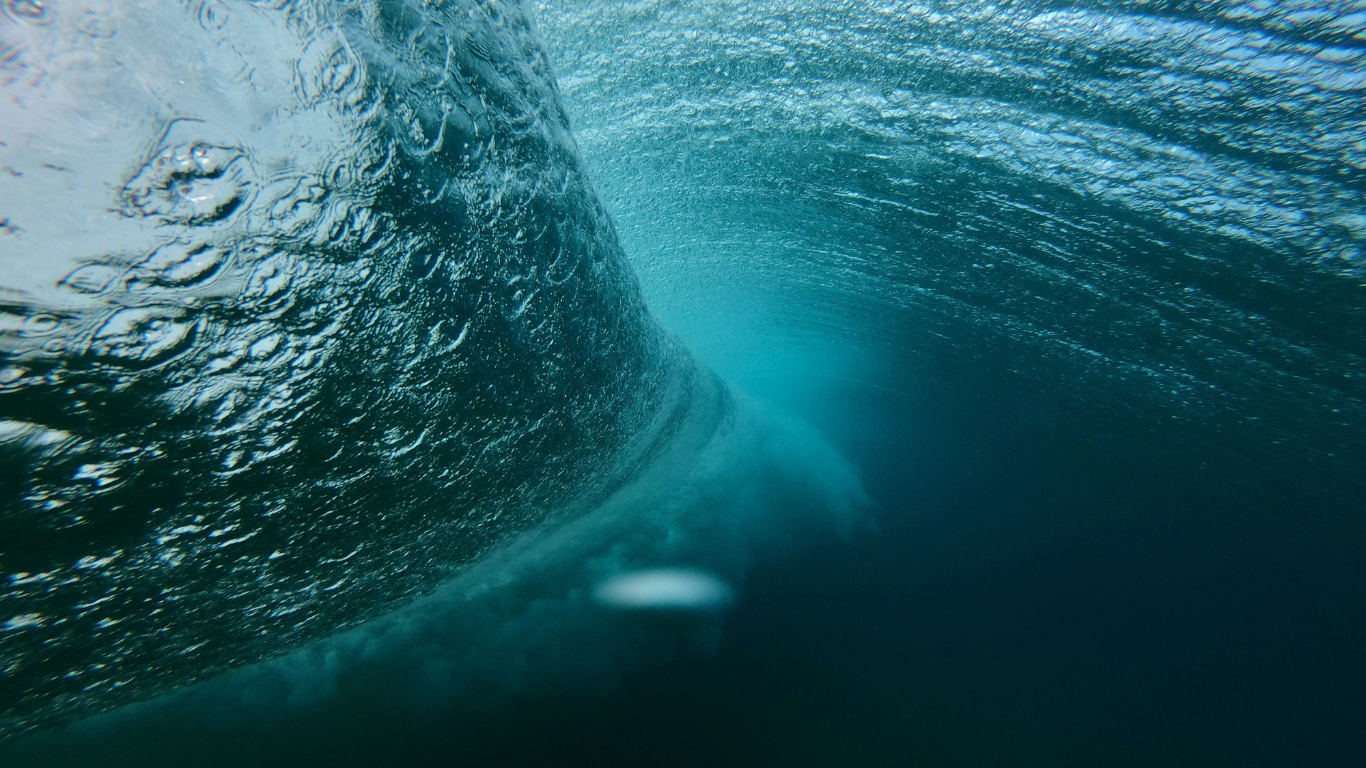
Introduction:
A World of Sound
We often imagine the ocean as a place of deep silence—but in reality, it’s full of sound. From the low rumble of underwater earthquakes to the chatter of dolphins and the hum of passing ships, the ocean is alive with natural and human-made noise.
In this lesson, we’ll explore the soundscape of the sea—where the noises come from, how they travel, and what it means for marine life living in an increasingly noisy underwater world.
1. Natural Ocean Sounds: Earth’s Original Soundtrack
Long before humans arrived with engines and drilling rigs, the ocean was already filled with sound. These natural noises help many marine animals navigate, feed, and communicate.
Sound travels about four times faster in water than in air, and some sounds—like low-frequency whale calls or tectonic activity—can travel hundreds or even thousands of kilometres.
Did you know?
Snapping shrimp can create one of the loudest natural sounds in the ocean, using a bubble-popping claw that stuns prey with a sonic snap.
2. Human-Made Noise: A New Layer of Sound
In the last century, the ocean has grown dramatically louder—but not from natural causes. Human activity has introduced a constant stream of artificial noise into the sea, often drowning out the sounds marine animals rely on to survive.
Some of these noises are so loud they can cause temporary or permanent hearing loss in marine mammals, and disrupt the natural behaviours of countless species.
Did you know?
The global shipping fleet has more than doubled since the 1970s, and underwater noise levels in some regions have risen by over 15 decibels—a tenfold increase in power.
3. The Ocean Soundscape: Layers and Conflicts
Scientists describe the ocean’s “soundscape” as a combination of three main elements:
- Biophony – Natural biological sounds (like animal calls)
- Geophony – Natural physical sounds (like rain, waves, and earthquakes)
- Anthrophony – Human-made sounds
In a healthy ocean, these layers coexist in balance. But when anthrophony dominates, it can mask natural cues, interfere with animal communication, and alter entire ecosystems.
Fun Fact
Some whales have started adjusting the pitch and timing of their calls in response to increased background noise—like singers changing key to be heard in a noisy room.
Conclusion
Listening to the Balance
The ocean has always been a place of rich and meaningful sound. But as human activity increases, the natural soundscape is being drowned out. Understanding where these noises come from—and how they impact marine life—is essential if we want to keep the ocean healthy and resilient.
By managing our noise footprint at sea, we can help restore the balance between nature’s voices and human presence in the deep.
Key Takeaways:
The ocean is naturally filled with sound—from waves and seismic activity to animal calls.
Human activities—especially shipping, sonar, and seismic testing—are making the ocean dramatically noisier.
Increased noise can mask communication, stress animals, and disrupt ecosystems.
A healthy ocean soundscape is vital for navigation, feeding, reproduction, and survival.
NEXT LESSON
What Are the Songs of the Sea?
From humpback whales to snapping shrimp, we’ll explore the strange and beautiful sounds marine animals make—and what they might be saying.
